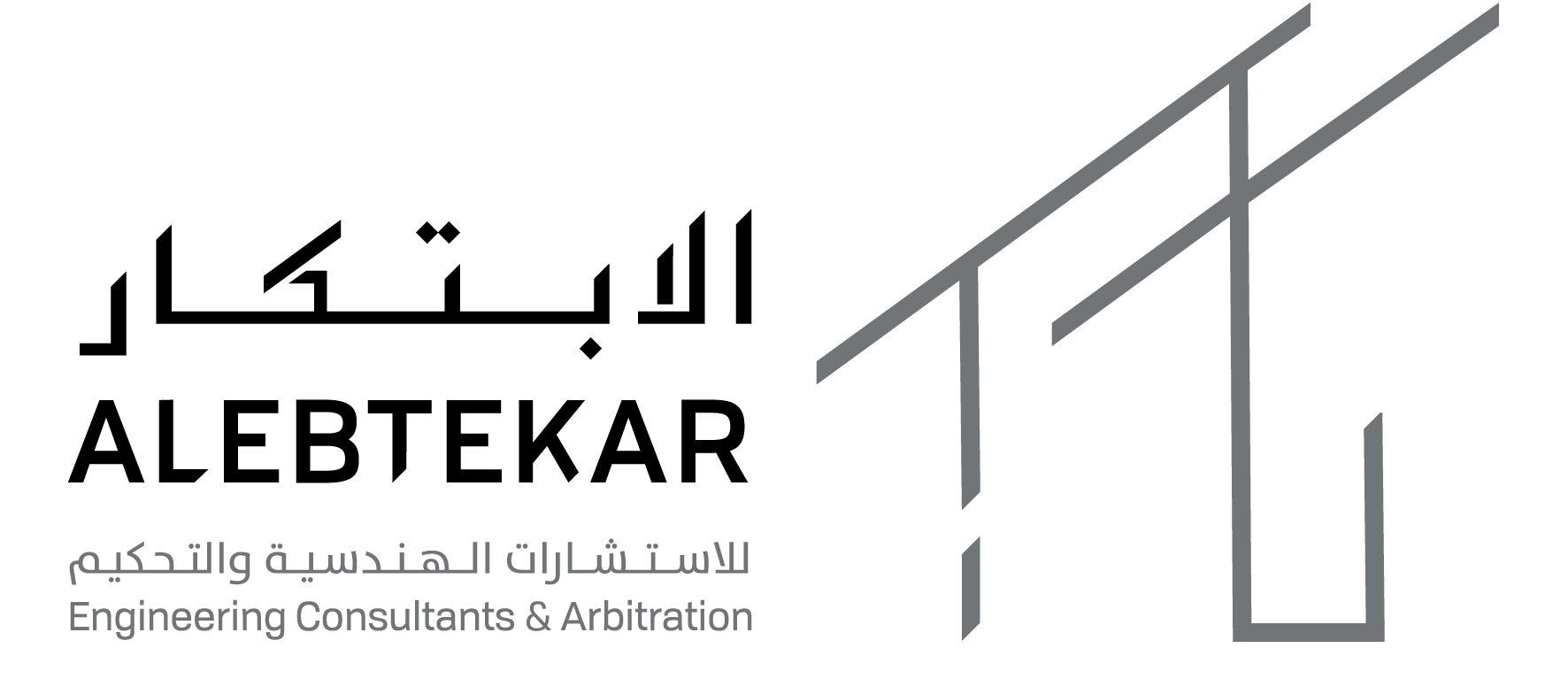In recent decades, engineering arbitration has become one of the most trusted solutions for settling disputes in the global construction sector. As mega-projects, valued at hundreds of millions of dollars, grow in scale and involve more international parties, there’s a clear need for efficient, neutral systems that protect everyone’s rights without getting bogged down in traditional litigation. This is where engineering arbitration comes in, backed by international laws and global standards. It offers a robust framework for resolving complex technical and legal disputes with a specialized, fast approach. This shift is no longer just an option; it’s a necessity for cross-border projects like smart cities, highways, ports, and airports, where any dispute can lead to massive financial losses and unacceptable delays.
The Legal Framework for Engineering Arbitration and the New York Convention
Engineering arbitration is closely tied to both local and international laws. The majority of large-scale projects are governed by international contracts specifically designed for these types of disputes, such as FIDIC contracts, which are a global standard. These contracts include clear clauses that specify engineering arbitration as the method for dispute resolution. This provides the parties with confidence, as they know their dispute will be handled according to globally recognized legal frameworks and standards, rather than navigating potentially conflicting national judicial systems.
The true power of engineering arbitration lies in the New York Convention of 1958. This international treaty facilitates the recognition and enforcement of arbitral awards in over 160 countries worldwide. The convention ensures that a ruling issued in one country can be enforced in another without needing to re-examine the original dispute. This gives international contracting parties significant assurance that their rights are protected regardless of the project’s location or the nationalities involved.
Types of Engineering Arbitration and the Role of International Centers
There are several types of engineering arbitration, each suited to different dispute natures and sizes:
Sole Arbitrator: A single arbitrator with expertise in the engineering field is chosen to settle the dispute. This approach is ideal for minor or less complex disputes, known for its speed and relatively lower costs.
**Institutional Arbitration: This process is managed by international or local arbitration centers. These centers provide clear rules, procedures, and a specialized administrative team to oversee the process. Prominent examples include the International Chamber of Commerce (ICC), the London Court of International Arbitration (LCIA), and regional centers like the Dubai International Arbitration Centre (DIAC). These institutions provide a formal and highly credible process.
Mixed Arbitration: This type combines legal and engineering professionals. An arbitration panel is typically composed of three members: an engineer, a legal specialist, and a presiding chair with expertise in both fields. This model is perfect for complex disputes that require a deep understanding of both technical and legal aspects to ensure a comprehensive and fair solution.
Each type offers distinct advantages, but all aim to enhance the effectiveness of engineering arbitration and ensure impartial decisions.
Practical Examples of Disputes Resolved by Engineering Arbitration
There are numerous examples of disputes successfully resolved through engineering arbitration. Notable cases include disputes over project delays in residential towers, where companies used **engineering arbitration** to determine the contractor’s responsibility for the delay, whether it was due to unforeseen circumstances or negligence.
Furthermore, disputes concerning the quality of materials used in infrastructure are often resolved through the expertise of engineering arbitrators. They determine if there has been a breach of specifications. For instance, in a bridge construction project, a dispute might arise over the quality of concrete. Here, arbitrators can call in specialized experts to conduct laboratory tests and provide detailed technical reports. The decision is then issued based on scientific and technical evidence, not just legal arguments.
The Role of Technology in Engineering Arbitration: A Revolution in Disputes
With massive technological advancements, engineering arbitration has become faster, more efficient, and more transparent. It has evolved from a paper-based process into a fully integrated digital system. Today, Electronic Document Management Systems (EDMS) allow all parties to access documents anytime, anywhere, simplifying the exchange of evidence.
Additionally, the use of 3D presentations and Virtual Reality (VR) has become a crucial tool. Arbitrators can take a “virtual tour” of a project site, viewing the problem from multiple angles and understanding the sequence of events visually. This helps clarify dispute details in a way that was previously impossible, leading to more accurate and transparent decisions.
Moreover, Artificial Intelligence (AI) plays an important role in analyzing vast amounts of data, such as correspondence between parties, work logs, and schedules. AI systems can identify patterns, uncover inconsistencies, and provide insights that help arbitrators make data-driven decisions. This not only speeds up the process but also reduces human error.
Global Standards in Engineering Arbitration
Many engineering arbitration centers rely on strict standards to ensure fairness and impartiality. The most prominent of these are the rules of the International Federation of Consulting Engineers (FIDIC) and the United Nations Commission on International Trade Law (UNCITRAL).
FIDIC rules, for instance, offer a tiered system for dispute resolution that begins with a Dispute Adjudication Board (DAB). This is a quasi-judicial body that issues temporary rulings that the parties can follow while work continues. If the ruling is unsatisfactory, the parties can proceed to arbitration. This system prevents work stoppages and keeps the project on track.
On the other hand, UNCITRAL rules provide a flexible framework for Ad-hoc Arbitration, where the disputing parties can define their own procedures. This gives great flexibility for projects that don’t want to be bound by the rules of a specific arbitration institution. These standards ensure that decisions made respect international laws and align with global best practices.
Engineering Arbitration in Government Projects: A Guarantee of Neutrality and Transparency
Governments often resort to engineering arbitration to settle disputes with foreign contracting companies. This process offers a state the assurance that decisions will be fair and neutral, free from any political influence or local interests. At the same time, it reassures international investors that their rights will be protected through an independent and experienced arbitration body.
Arbitration also provides the necessary confidentiality for sensitive projects, such as defense or critical infrastructure projects. This means dispute details are not disclosed to the public, protecting the parties’ reputation and the integrity of the project.
Future Challenges for Engineering Arbitration: Towards More Efficient Systems
Despite its great successes, engineering arbitration faces challenges that must be overcome to ensure its continued evolution. The most prominent challenges are:
High Costs:Arbitration fees can be high in some cases, especially in complex disputes that require multiple experts. The solution lies in developing flexible pricing mechanisms and using technology to reduce administrative expenses.
Need for Legal Harmonization: While international laws exist, there are still procedural and legal differences between countries. This can affect the speed and efficiency of the process. Harmonizing laws is a crucial future goal.
Reliance on Specialized Experts: Engineering arbitration heavily depends on the availability of experts who combine engineering and legal expertise. This combination is rare, and the need to train and qualify more engineer-arbitrators has become an urgent necessity.
The Role of Al Ebtekar Company in Advancing Engineering Arbitration Service
**Al Ebtekar Company plays a pivotal role in providing advanced solutions in the field of engineering arbitration. It doesn’t just offer traditional arbitration services; it relies on a team of locally and internationally certified arbitrators. It also uses the latest technologies like digital document management systems and virtual reality to facilitate the arbitration process, ensuring transparency and impartiality at every stage.
The company specializes in providing comprehensive services, from offering legal and technical consultation before filing for arbitration to representing the client before the arbitration panel, and even assisting in the enforcement of the final award. This comprehensive approach gives the client a trusted partner at every step of dispute resolution.
Conclusion: Engineering Arbitration as an Effective Investment Tool
In conclusion, engineering arbitration is an essential pillar in managing complex engineering disputes. It is no longer just an alternative to litigation; it has become a strategic tool that ensures project continuity and protects capital from delays and losses. By relying on international laws, using modern technology, and adhering to global standards, this type of arbitration becomes more effective and just. Through specialized firms like Al Ebtekar Company, disputing parties can access practical solutions that protect everyone’s rights and ensure projects continue without disruption. The future holds more challenges and opportunities for the engineering arbitration sector, and it will remain the best choice for ambitious projects seeking growth and success.


